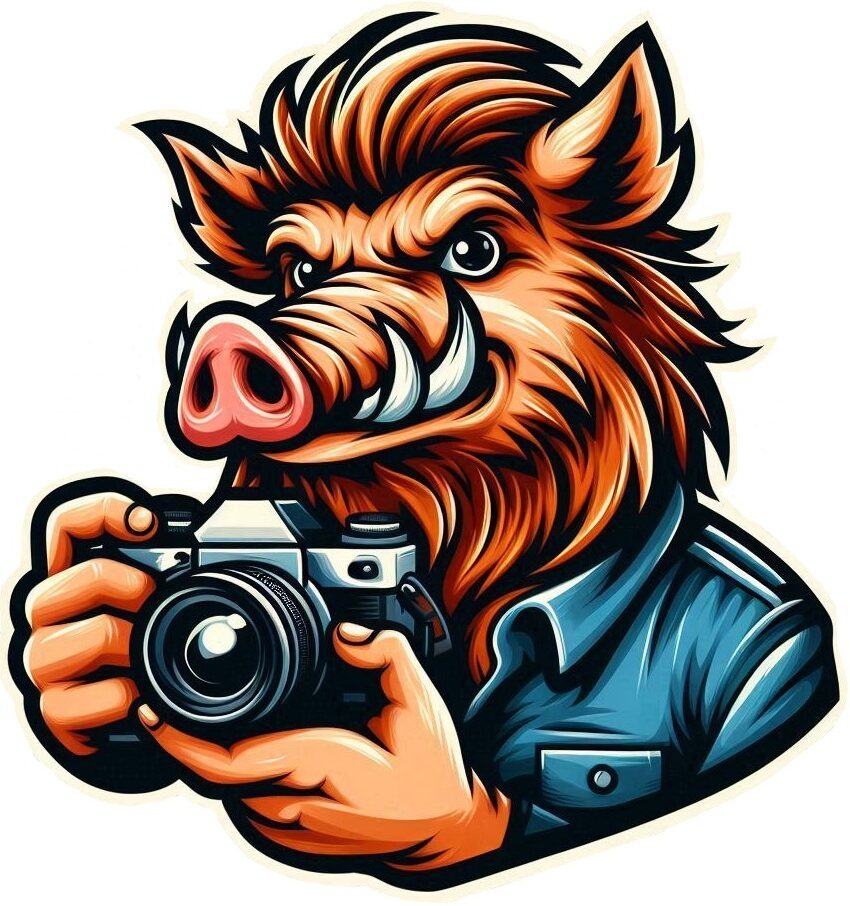Photography isn’t just about snapping what’s in front of you. Finding unique perspectives is like unlocking a hidden dimension in your photos. Imagine your lens as a magic portal that can see things most people overlook.
Start by experimenting with angles and viewpoints. Get down low to the ground or find a higher vantage point. These simple changes can completely transform your shots. Try capturing the same scene from multiple angles and see which one speaks to you the most.
One of the coolest techniques to enhance your perspective is called framing. Use natural elements like tree branches, windows, or even people’s arms to create a ‘frame’ within your shot. This draws attention straight to your subject and adds depth.
Check out the works of iconic photographers who played around with unique perspectives. Henri Cartier-Bresson, for example, had a knack for capturing candid moments from unexpected angles. Get inspired by their work but don’t be afraid to put your own twist on things.
A fun exercise to develop your perspective skills is to take everyday objects and make them look extraordinary. Focus on textures, shapes, and patterns that you might normally ignore. Suddenly, a boring park bench can become a masterpiece.
Experimentation is key. The more you play around, the more you’ll discover what resonates with you. Unique perspectives aren’t just for the professionals – they’re for anyone willing to see the world differently.
Exploring Natural Inspirations
Nature offers a treasure trove of inspiration for photographers. The sheer variety in landscapes, lighting, and seasons means there’s always something new to capture.
Start by taking a stroll in your nearest park or nature reserve. Pay attention to the details – the way light filters through the leaves, the texture of bark, or the patterns in a flower’s petals. These little moments can make for some incredible shots.
Don’t overlook the impact of weather. A foggy morning or a stormy sky can add an element of drama and mood to your photos. Keep an eye on weather forecasts and be ready to head out when conditions are right.
Consider setting up outdoor photography sessions to catch the magic hours – early morning and late afternoon when the light is soft and golden. This light can turn even the most ordinary scenes into something magical.
Seasonal changes bring new opportunities for photography. Capture the vibrant colors of fall leaves, the fresh snow of winter, the blooming flowers of spring, or the bright sunlight of summer. Each season has its unique charm.
Bring along different lenses to capture varied elements of nature. A macro lens can highlight intricate details, while a wide-angle lens can encompass grand landscapes. Play around with focal lengths to see how they change your perspective.
Exploring nature not only rejuvenates the mind but also opens up endless creative possibilities. The key is to stay curious and be willing to see the beauty in the everyday natural world.
Cultivating Artistic Influences
Art isn’t confined to galleries and museums. Drawing inspiration from various forms of art can hugely impact your photography. Imagine blending techniques from painting, sculpture, cinema, and even music into your visual storytelling.
Start with studying different genres and eras of art. From the bold colors of modern art to the intricate details of the Renaissance, each period offers unique elements that can inspire your work. Visit art exhibitions, dive into art history books, or explore online galleries. Observe how artists use contrast, composition, and color.
Cinematography is another rich source of inspiration. Watch movies known for their visual brilliance and take notes on framing, lighting, and shot composition. Directors like Wes Anderson, known for his symmetrical shots and vibrant color palettes, offer great lessons in creating visually compelling images.
Photography isn’t just about capturing reality; it’s about presenting a vision. Think of your camera as a painter’s brush. Experiment with different techniques, like long exposures for dreamy landscapes or high contrast for dramatic effects, to add an artistic flair to your photos.
Building a personal library of inspirational resources is invaluable. Collect not only photographic works but also pieces from other artistic fields. This could include a mood board of favorite art pieces, photo books, or even a collection of poetry that sparks visual ideas.
Incorporate artistic styles into your photography by emulating techniques you admire, but add your twist to make it uniquely yours. This fusion of different art forms can result in photos that are rich, textured, and full of narratives.
Personal Reflection and Growth
Understanding your personal style is like finding your photographic fingerprint. It’s unique to you and evolves over time. Think about what subjects draw you in, what themes resonate, and what emotions you want to convey through your images. This self-awareness can be a massive source of inspiration.
Keeping a photography journal is a fantastic habit. Use it to jot down ideas, sketch compositions, or reflect on what worked and what didn’t from your latest shoot. This ongoing record helps track your progress and keeps those creative juices flowing. You never know when a spur-of-the-moment note might turn into a full-fledged project later on.
Reflection exercises are also a treasure trove for inspiration. Take time to revisit your old photos. Analyze them with a critical eye, looking for consistent patterns or themes that emerge. What stories are you naturally drawn to? Which techniques did you use successfully? Understanding your past work can uncover new paths forward.
Continual learning is a pivotal part of personal growth. Attend workshops, take online courses, or join photography clubs. Engaging with communities of like-minded people can expose you to new techniques and fresh perspectives. Plus, having a network of peers provides valuable feedback and motivation.
Challenges shouldn’t be shied away from, but embraced. Set yourself mini-projects or weekly themes to keep exploring new ideas. These challenges push you out of your comfort zone and encourage innovation. Remember, some of the best shots come from unexpected moments of creativity.
